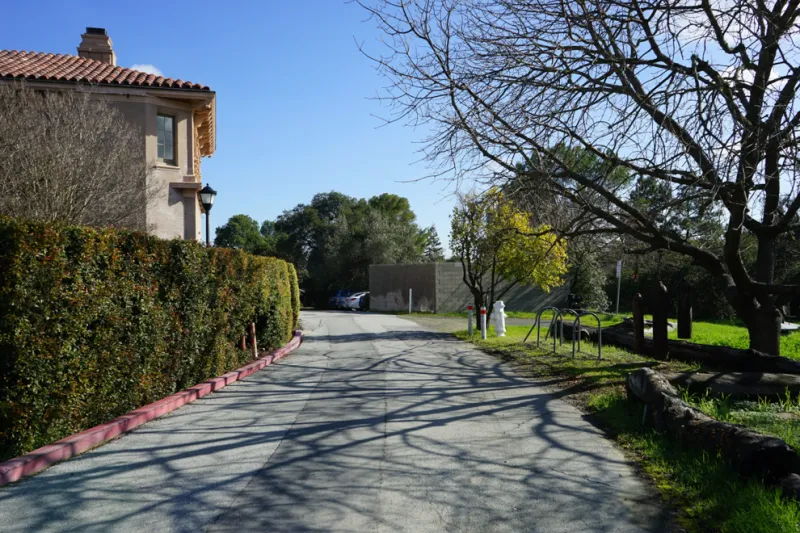On the first night of rush, we received warnings of two sexual batteries that had occurred on campus. “Walk home in groups!” warned the coordinators as we left, looking worried. “And hurry home. Be safe!” It wasn’t very late — only a little after midnight. I had walked home from the library by myself many times at this time of night. Still, it was a relief when I found another girl to walk back with.
This scenario made me think — are we lulled into a false sense of security on Stanford’s beautiful campus? Surrounded by affluent Palo Alto and nestled in our own private zip code, Stanford feels protected from the violence and danger of the rest of the world.
Does that seem naïve? Most of the student body seems to agree on Stanford’s safety. When I asked 20 freshmen, every single one agreed that Stanford’s campus was safe.
And it’s true; compared to a lot of other college campus, Stanford’s campus does seem exceptionally safe. I remember a friend, a freshman at Yale, telling me about how one of her dances was moved because there was a shooting two blocks away from where it was held. I was shocked, but she shrugged and said that violence often occurs in New Haven.
But there are dangers present on Stanford’s campus, and although all of those students concluded that Stanford’s campus was generally safe, about half of them had experienced moments when they felt unsafe. Generally, students felt the most unsafe at night, in dark lighting and when we all receive safety alerts.
In the early hours of Wednesday morning, we received an alert that a man had followed a student back into her resident hall, exposed himself and then fled. That’s actually terrifying. And this is only 12 days after a sexual battery was reported in the area, which was only a few days after a prowling incident was also reported.
There is also the problem of the homeless. Of course, when discussing them, we must also consider our own proclivity to equate safety with wealth and crime with poverty. We deem Stanford’s campus as “safe” because it’s situated amidst the wealth of Palo Alto; we fear the homeless because their poverty makes them seem desperate. However, students have described altercations with individuals presumed to be homeless. One student, for example, described how her friend was chased after by a homeless man after biking back to her dorm. When she realized she didn’t have a key, she had to bang on her neighbors’ windows for someone to let her in, all while this suspicious man prowled nearby.
Despite their presence, the homeless are invisible on Stanford’s campus. “Do they even exist?” asked one student. I’d never noticed one before … until I was ironically working on this article outside Tresidder and noticed a woman slumped against a stone pedestal at White Plaza holding a sign: “No Food. No Motel. Please Help.”
Is she a threat? Probably not. Is it profoundly disturbing to observe such poverty when we are surrounded by such privilege? Yes.
It’s one of several examples that can pop the “bubble” that seems to surround at us Stanford. We feel safe enough to walk home to our dorms at 3:30 in the morning … until the shadows reveal stalkers. We forget about the homeless when we’re surrounded by so much prosperity.
Even on a relatively safe campus, there are miscreants wandering around who could pose a danger to a vulnerable individual. There have been movements to make Stanford’s campus more safe — namely, by increasing the lightning in some darker, more wooded areas. My amazing RA, Alexis Kallen, even worked on getting better lighting for the “Scary Path,” a development that was announced in early January.
But should we get lulled into a false sense of security? Even on the safest place on earth (and I don’t think Stanford necessarily falls under that description), crime could still occur. We need to be wary and cognizant — those frightening alerts we keep receiving prove that.
Contact Caroline Dunn at cwdunn98 ‘at’ stanford.edu.
